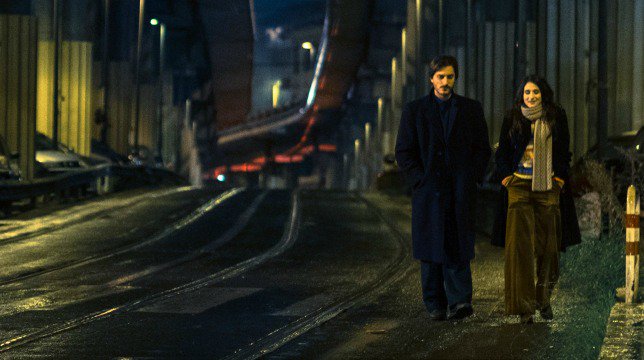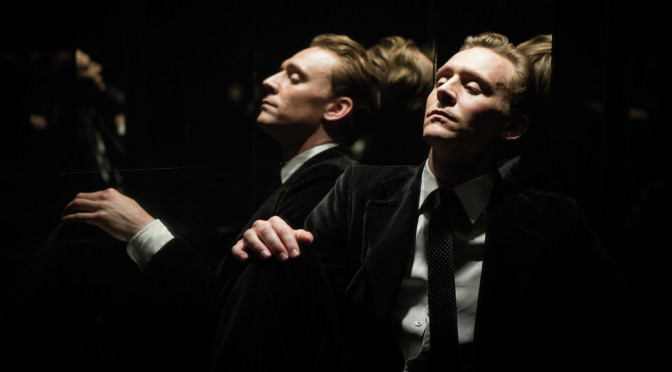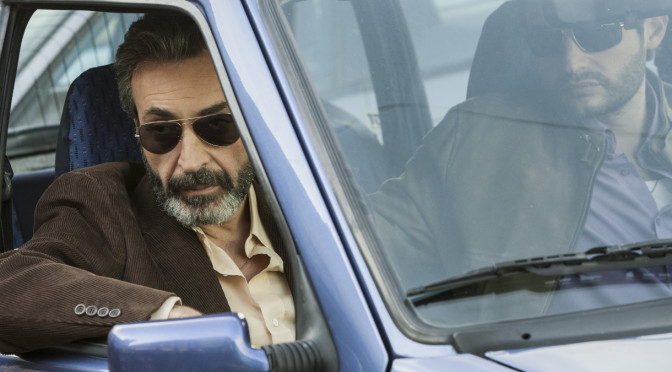Archivi tag: film
High Rise by Ben Wheatley
Article by: Lorenzo Trombi
Translation by: Roberto Gelli
The movie is the screen adaptation of the novel High Rise, written by James Graham Ballard. Jeremy Thomas, winner of the Academy Award, had been interested for year in making a film from Ballard’s novel but he only succeeded in producing it in 2014.
After showing a preview of High Rise at Toronto International Film Festival, the film was presented at San Sebastián International Film Festival and now it arrives at TFF within Festa Mobile section, reserved to non-competing films and unreleased films in Italy, which represent the best international movie production.
The movie is rich in rather interesting visual solutions such as the different kinds of oppressive verticality related to the skyscraper itself, where the story takes place. These are well conveyed by oblique and sloping framing or by the protagonist movements surrounded by the lift’s mirror but the film is not able to completely overcome the difficulties to cinematographically render situations and atmospheres implied in Ballard’s novel, in which we find different levels.
The screen challenge was perhaps to shape that metaphor of modern society, where everyone has the same role of tormentor and victim. The represented microcosm is located in a skyscraper, which offers every kind of thing people may need.
Most of the characters never leave the building except for the new surgeon, the protagonist Robert Laing, who in the first part of the film goes out to work. But in the end, after the tumultuous events have ceased, we will see him starting his professional activity within the skyscraper.
Often, the residents are referred to by mentioning their room numbers, as it happens in the dialogue between Laing and the architect during the squash match. This is clearly a sort of obsessive depersonalization.
Let’s step back and have a look at the plot. It all starts with the new surgeon moving in a luxury flat in the skyscraper. It won’t be long till he realizes the social distribution taking place throughout the building: the poorer classes live downstairs while wealthy people stay upstairs. The architect even invites him to visit his extra luxury attic but Laing looks indifferent and he only seems to be interested in seducing women.
During a blackout things become chaotic and everyone starts to understand that the more they go upstairs, the better they feel. This “physical” rise corresponds to a “moral” transformation: the majority of them become greed and fight with one another. One of the main female characters explains to her husband her sense of suffocation and tells him that she would like to enjoy the same light that those in the upper floors have at their disposal. Documentary filmmaker Richard Wilder heads the uprising with the aim of killing the architect.
In the last scenes we hear a speech saying that capitalism will never allow political liberty.
However, the film mood is oppressed by a script, which sometimes aims to be overfilled with facts and dynamics. The characters take themselves too much seriously and there is a lack of whatever possible temporary break out and lightness, which could reduce its general claustrophobia. Almost all of the film is made of internal shooting.
There are a lot of narrative premises in the movie but their developments lead too much towards a dead end track.
For sure, High Rise is worth seeing again, in order to ponder its content.
Lo scambio (Nameless Authority) by Salvo Cuccia
Article by: Lorenzo Trombi
Translation by: Martina Taricco
Torino, November 23, 2015 – Lo Scambio, directed by Salvo Cuccia, is one of the four Italian movies which run in the main section of the 33rd Torino Film Festival.
The story is inspired by real events. The director wrote it after several meetings with Magistrate Alfonso Sabella, where the two had the chance to touch the subject of a mafia homicide in which three young boys were killed: two of them were, without any doubt, not tied to organized crime.
The first estranging element is that characters in this story do not have a name: this choice contributes to amplify the ambiguity of the plot. The whole sequence of events starts in media res with a series of crossfades of people walking in a normal city market. The music is deafening. Here, all of a sudden, two strangers appear on the scene and kill two young boys.
In the next scene the action moves on to a police station, where something does not completely persuade the audience. Although the badge of people who work in such place is shown many times, there are some elements, scattered all along the movie, which give to the public the feeling of not really being in a law seat. In a narrative climax, played on the edge of uncertainty and of the untold, is instilled the doubt that who serves the law might, actually, be a ruthless mafia boss. The proof of this comes shortly after, in a scene where a presumed chief of police, one of the protagonists, is shown, years before, while being questioned himself.
On a scenographical level, there is an interesting contrast between very austere house interiors and the exteriors of an extremely degraded Palermo. The interiors where a hypothetical Janus Bifrons moves, that is to say the chief of police who actually is a mafia boss, are rational and tied. It is however behind this formalism and this aseptic cure that a strong anguish feeling is hidden. The pitch is reached when the boss’ wife hangs herself as she can not live secluded in her own house, hunted by her demons.
Every character has its double; their psychologies are all shifty and cryptic: anyone could be anyone else. This choice made by the director is intended to focus the audience attention on the core of the events rather than on the personalities of the characters or on relational dynamics.
Everything in the movie is made essential; the story is apparently narrated in an impersonal way. The credo that is in force in this film is not siding with anyone.
These atmospheres enhance the feeling of indefiniteness and uncertainty in which a significant thematic crux is unraveled: what if the mafia has got the wrong person?
The chief of police questions a helpless surveyor who had the bad luck of being in the wrong place at the wrong time. The man is eventually killed, an eye-opening event which shows us how the mafia can sometimes get off track when deciding who has to be killed. By this stage of the film, as confirmed by the title, it seems very likely that there was a mistake and the man was mixed up with somebody else.
The several changes of the focus really strike the eye and add to the feeling of anxiety and oppression experienced by the characters in the film.
The decision to film a gunfight without actually showing it but presenting it to the audience in a fixed camera shot and through the gunshot sound is spot on.
Similarly, in a beating scene we don’t see people fighting but it is possible to understand what is happening thanks to the noise we hear and the shadows on the walls.
Cuccia’s notable work is structured as a moral story where all events are connected in a cause-effect relationship. He depicts a dry and cold story where everything is based on retaliation.
THE BABADOOK
Article by: Davide Bertolino
Translation by: Carla Cristina Loddo
After the success both of the critic and the audience at the Sundance Film Festival, The Babadook, first feature film by the newcomer Jennifer Kent, participates in competition at the Torino Film Festival. Even by following with absolute rigour the classical phases of horror films with a possession subject (the monster, the kid who plays with the presence, the mother initially incredulous), the Australian film cleverly avoids banality giving a new point of view, certainly in a more psychological and deeper way than numerous other products of the same genre.




